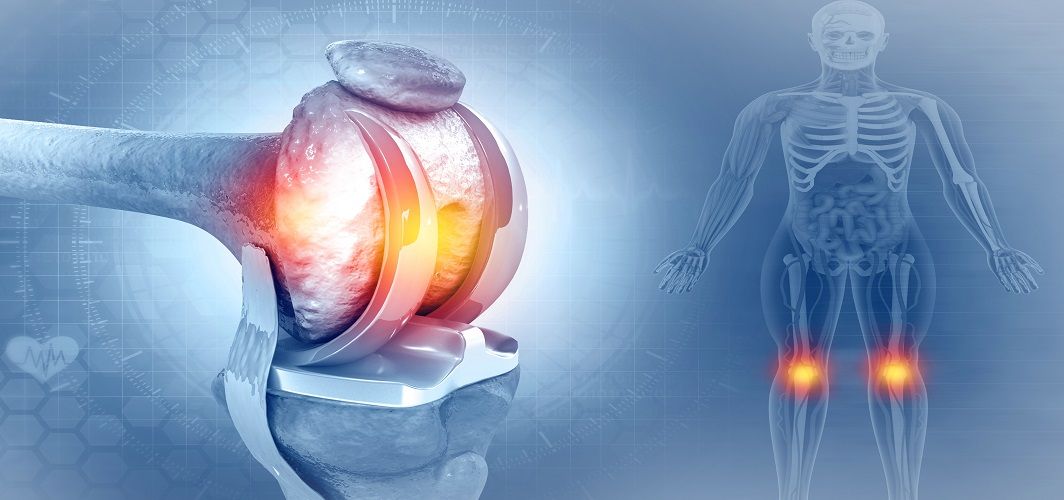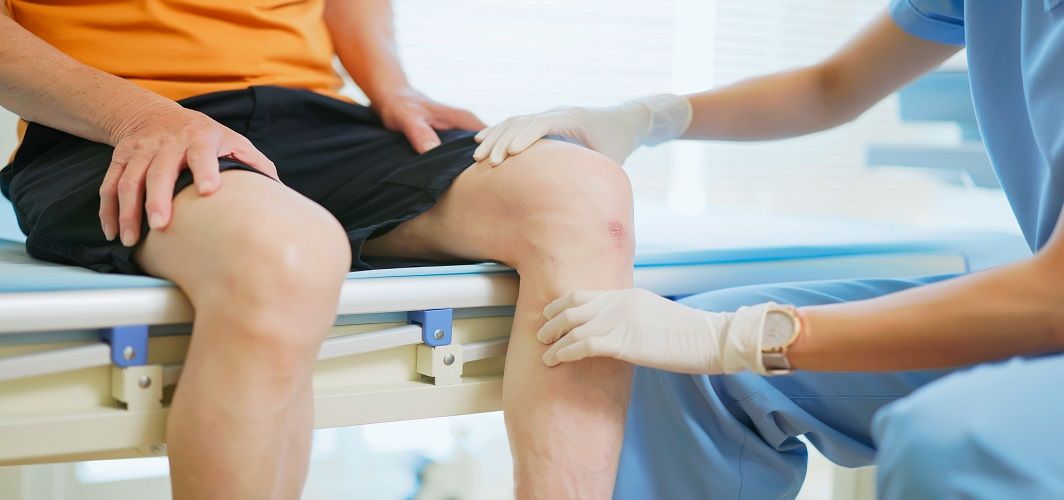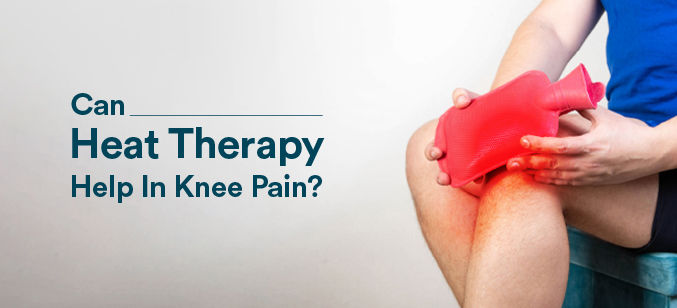Orthopedic Conditions
Common Foot Problems That Cause Discomfort and Pain
5 min read
By Apollo 24/7, Published on - 10 June 2021, Updated on - 24 May 2023
Share this article
0
3 likes

Our feet are an integral part of everyday movements that provide balance, support, and mobility. While the foot is a strong and complex structure, it experiences the most wear and tear in the body from walking, running, climbing, and jumping. Hence, it is often vulnerable to injuries, inflammation, damages, or malfunctions causing different types of problems and pains. Foot problems are commonly caused by poorly fitting shoes, spending more time on the feet, overuse like excessive walking or running, and fractures, sprains, or trauma.
Common problems associated with foot pain
A foot consists of bones, joints, muscles, tendons, and ligaments that work together. Foot problems can affect any of these structures and may not be associated with an underlying medical condition. Foot problems may cause pain at the top of the foot, the ball of the foot (behind the toes), the arch, or the heel. The most common foot problems causing pain include:
- Heel spur: A heel spur is a bony growth that develops under the heel bone due to the build-up of calcium deposits. The ligaments and muscles of the foot strain and may develop heel spurs over time. Overstretching of the plantar fascia, the tissue connecting the heel to the toes, is often associated with heel spurs. This condition is known as plantar fasciitis characterised by painful inflammation. Lifestyle changes and rest can prevent the worsening of heel spurs and help alleviate the pain.
- Bunion: A bunion is a painful bump of bone or tissue around the joints, usually at the base of the big toe or little toe. It is caused by stress on the joint, resulting from wearing tight, narrow, and pointed shoes that cause squeezing of the toes. The pressure on the big toe joint makes it leans towards the second toe which, over a period of time, leads to changes in the normal bone structure, causing a bunion. Some factors that may increase the risk of bunions are heredity, wearing high heels or ill-fitting shoes, and arthritis (particularly Rheumatoid Arthritis).
- Morton's neuroma: Morton's neuroma refers to a non-cancerous growth of tissue in the nerves between the toes, usually the third and fourth toes. This growth occurs in response to the two bones rubbing together due to prolonged standing or walking. The inflammation and swelling of the nerve causes pain, burning, swelling, numbness, and tingling in the toes.
- Plantar fasciitis: Plantar fasciitis is the inflammation of the plantar fascia that causes heel pain when a person stands up after sitting or lying down for long periods. It is an overuse injury that is common in overweight individuals, women, and those with flat or high-arched feet. It is generally seen in people who walk or stand for long hours on hard surfaces.
- Metatarsalgia: Metatarsalgia causes pain and inflammation in the ball of the foot. It is an overuse injury that develops in people who engage in a lot of running or jumping activities. The condition can also occur due to foot deformities and wearing shoes that are too loose or too tight. Metatarsalgia causes sharp or burning pain that gets worse when a person stands up or moves and may feel like having a pebble in the shoe.
- Hammertoe: Hammertoe is the deformity of a toe caused by a bend at the middle toe joint that makes it look like a hammer. Usually, the second, third, or fourth toes are involved. The deformity is typically caused by an imbalance in the muscles around the toe joint that straighten and bend the toes. This condition occurs due to an injury or wearing high heels or tight-fitting shoes that cause crowding of the toes, pushing them into a bent position. Hammertoe causes pain and difficulties in walking.
- Achilles tendonitis: This condition occurs when the Achilles tendon (largest tendon in the body that connects the heel to the calf) becomes inflamed and painful. The Achilles tendon is the most common site of injury as it is involved in walking running, jumping, climbing stairs, and standing on tiptoes. Overuse can cause inflammation that results in pain above the heel with severe bouts of pain after prolonged running or climbing stairs.
- Corn: A corn is a small and round yellow bump that develops on top of the toes or the sides. It usually forms when a toe rubs against another toe or a poorly fitting shoe. It usually causes pain when pressed. It can also be caused by a hammertoe or a bunion. Wearing comfortable shoes that allow proper movement of toes is the best way to prevent the formation of corns. Scraping or cutting away the layers of skin is one of the measures adopted by podiatrists to treat corns.
- Diabetic foot pain: Over time, high blood glucose levels can cause a condition known as diabetic neuropathy that most often causes damage to the nerves in the feet. This can cause foot pain and tingling sensation. Diabetic neuropathy can be prevented by effective management of blood sugar, blood pressure, and cholesterol levels.
- Foot fractures, sprains, or strains: Structures in the foot such as the bone, ligament, or tendon can be injured causing pain and difficulty in walking. A fracture is a crack or break in the bone, while a sprain refers to a ligament tear. A strain is an injury to a tendon.
Conclusion
Fortunately, most of the time, foot problems and the associated pain can be easily managed at home since it may be related to overexertion or inappropriate footwear. Hence, resting the hurting feet or changing footwear might be the only treatment required. However, if the foot pain becomes severe and accompanied by symptoms like swelling, numbness, or tingling sensation, one should consult a foot care specialist (podiatrist). Severe foot pain can also be disabling and may increase the risk of falls and affect the quality of life. Treatment depends on the foot problem and may include medication, physical therapy, foot strengthening exercises and stretches, immobilization of the foot, and in few cases, surgery.
Talk to a podiatrist for any queries related to the foot including foot pain.
Orthopedic Conditions
Leave Comment
Recommended for you

Orthopedic Conditions
A Complete Guide on Knee Replacement Surgery
Knee replacement surgery involves removing damaged or worn-out parts of the knee joint and replacing them with artificial components. The procedure typically takes a few hours and is performed under general anaesthesia.

Orthopedic Conditions
Delay Ageing of Your Knees with These Expert Tips by Apollo’s Orthopaedician
Pain in the knee is one of the most common orthopaedic issues experienced by people as they age. Know what causes the knees to age faster and result in pain.

Orthopedic Conditions
Heat Therapy to Swimming: 8 Best Home Remedies for Knee Pain
Inflammation, swelling, and pulsating pain in and around the knees are a few of the most common symptoms of knee pain. Read on as we compile the various causes and their effective home-based treatments and lifestyle changes.
Subscribe
Sign up for our free Health Library Daily Newsletter
Get doctor-approved health tips, news, and more.
Visual Stories

Natural Ways to Get Relief from Arthritis
Tap to continue exploring
Recommended for you

Orthopedic Conditions
A Complete Guide on Knee Replacement Surgery
Knee replacement surgery involves removing damaged or worn-out parts of the knee joint and replacing them with artificial components. The procedure typically takes a few hours and is performed under general anaesthesia.

Orthopedic Conditions
Delay Ageing of Your Knees with These Expert Tips by Apollo’s Orthopaedician
Pain in the knee is one of the most common orthopaedic issues experienced by people as they age. Know what causes the knees to age faster and result in pain.

Orthopedic Conditions
Heat Therapy to Swimming: 8 Best Home Remedies for Knee Pain
Inflammation, swelling, and pulsating pain in and around the knees are a few of the most common symptoms of knee pain. Read on as we compile the various causes and their effective home-based treatments and lifestyle changes.